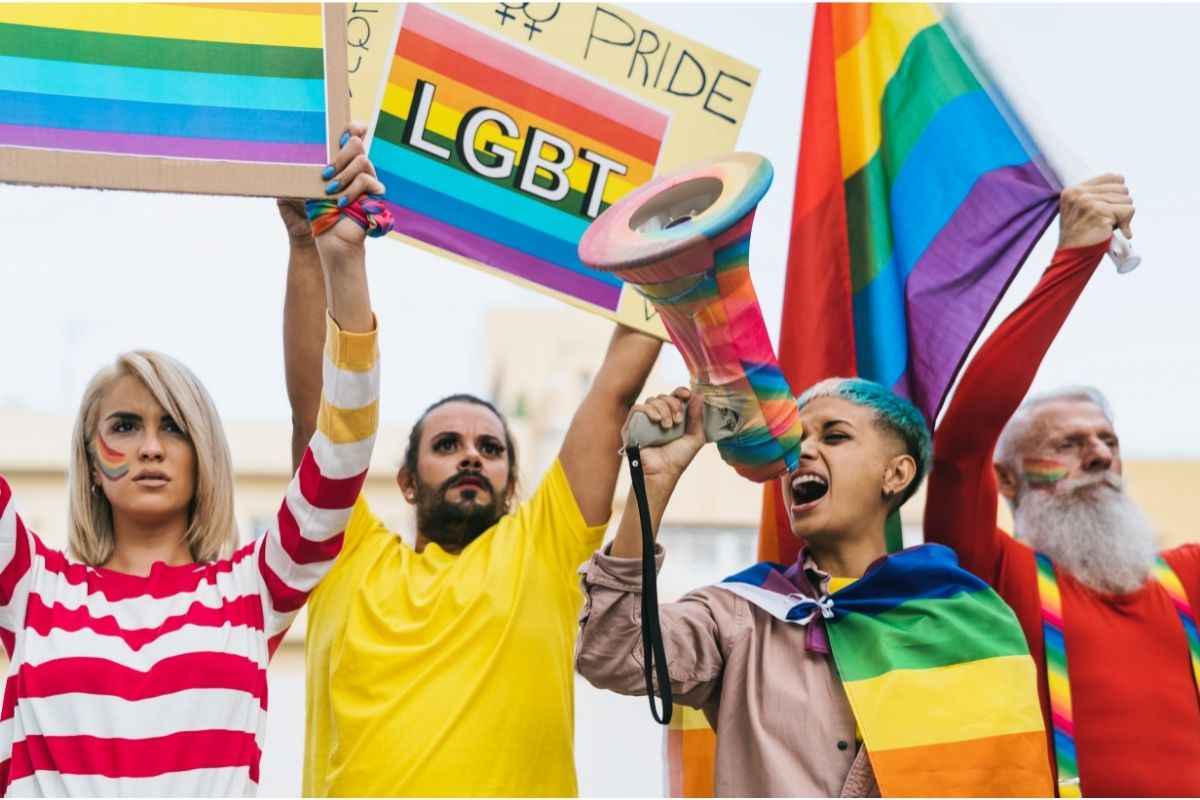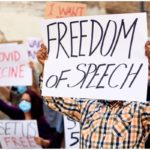In 1961, a remarkable educational revolution occurred on the small island nation of Cuba. It became known as the Cuban Literacy Campaign, an audacious effort that effectively eradicated illiteracy in the span of one year.

The campaign reflected a commitment to universal education and literacy as fundamental human rights. It was a historical turning point that brought the country to a literacy rate of 96%, one of the highest in the world.
Context and Background
Prior to the Cuban Revolution in 1959, Cuba was a country riddled with social and economic disparities. As a consequence, illiteracy was rampant, particularly among the rural and poor populations. About 25% of adults were illiterate. Not to mention, in some rural areas, this figure reached up to 60%.
In the Revolution’s early days, the newly established Cuban government prioritized education as a critical step towards social equality. Fidel Castro announced in 1961 that the year would be the “Year of Education,” and this marked the inception of the Cuban Literacy Campaign.
Implementation of the Campaign
The logistics of the campaign were impressive. Here is a detailed breakdown:
Volunteer Teachers
More than 250,000 volunteers, predominantly young students called “brigadistas”, were mobilized to travel to remote areas and teach reading and writing. They lived with the families they taught, bridging the gap between urban and rural communities.
Teaching Materials
The government provided textbooks and teaching resources. Of these, the main guide was “We Shall Read,” for literacy training, and “We Shall Conquer,” for post-literacy activities.
National Coordination
The National Literacy Commission was established to oversee the campaign, along with regional committees responsible for coordination and logistical support.
Documentary Evidence
The “Yes, I Can” declaration was signed by newly literate adults to verify their literacy officially.
Challenges and Criticisms
The campaign was not without its challenges and criticisms, which included:
- Political bias – Critics have claimed that the campaign was used as a tool of indoctrination, promoting socialist ideology under the guise of literacy.
- Logistical challenges – The campaign faced significant logistical difficulties, for example, arranging transportation and accommodation for the young volunteer teachers in remote areas.
- Security issues – Given the political tensions of the era, some volunteers were targets of counter-revolutionary violence.
Despite these challenges, the campaign successfully achieved its ambitious goal.
Impact and Legacy
The impact of the Cuban Literacy Campaign was far-reaching:
Improvement in Literacy Rates
The literacy rate rose from around 76% to 96% in a single year. According to UNESCO, Cuba maintains a literacy rate of over 99% today.
Equal Opportunities
The campaign significantly reduced the literacy gap between urban and rural areas and between different social classes, promoting greater social equality.
Role of Women
Women played a significant role as both volunteer teachers and learners, which contributed to improving their social status.
Boost in Education
The success of the campaign led to a massive expansion in educational infrastructure, making Cuba one of the countries with the highest rates of school enrollment and completion in the world.
Final Words on the Cuban Literacy Campaign
All in all, the Cuban Literacy Campaign remains a unique feat in global educational history. Its success and legacy illustrate the power of literacy in transforming societies and uplifting communities. Undoubtedly, it stands as an inspiring testament to the pivotal role of education in fostering social equity and human development.
- The Art of Cuban Poster Design: History, Techniques, and Cultural Significance - May 23, 2023
- Taking A Vintage Car Tour In Havana - May 23, 2023
- Top 5 Cuban Revolutionary Sites - May 23, 2023








